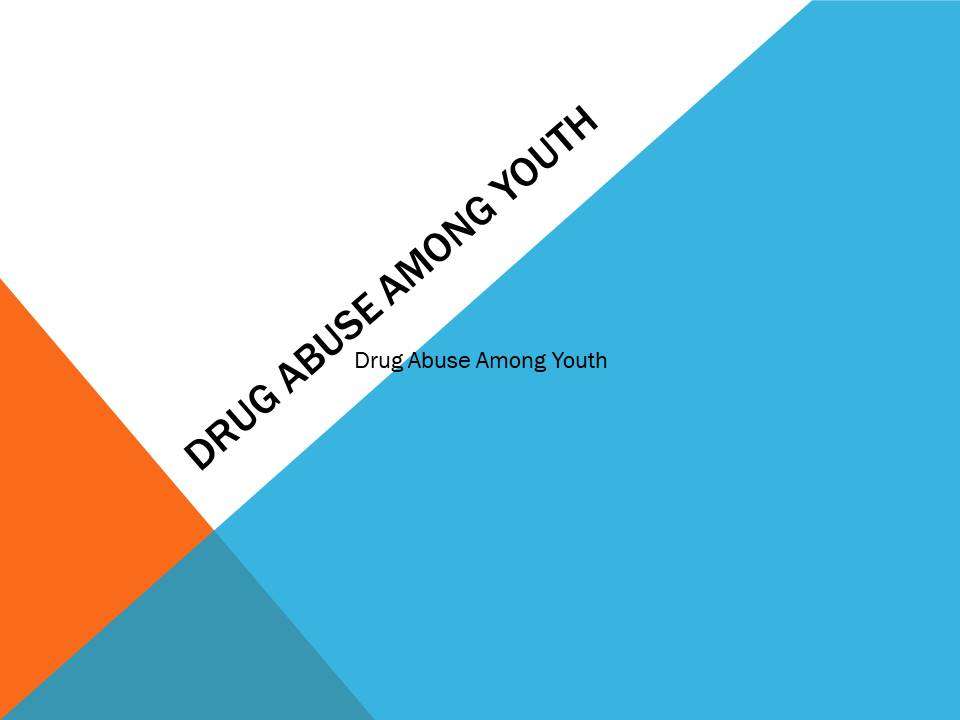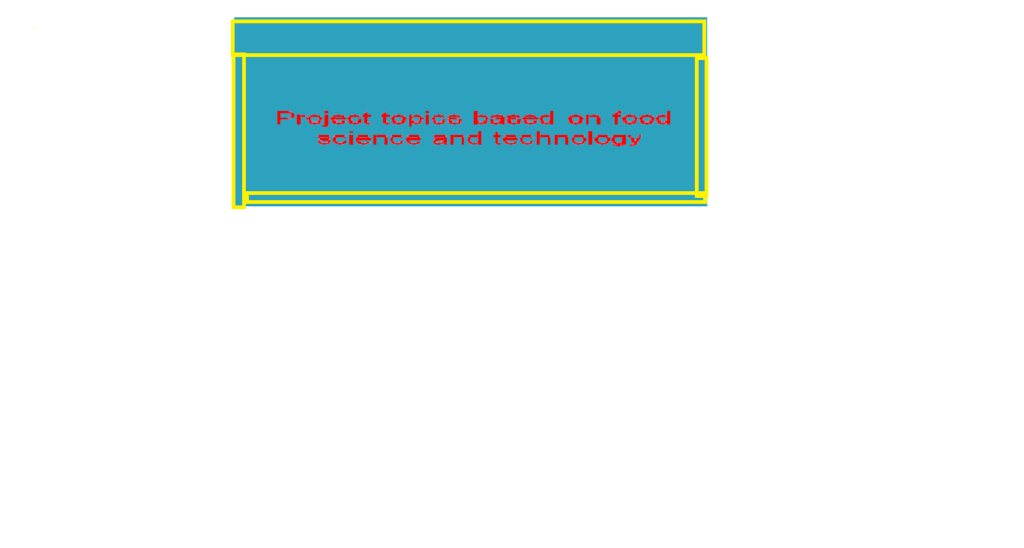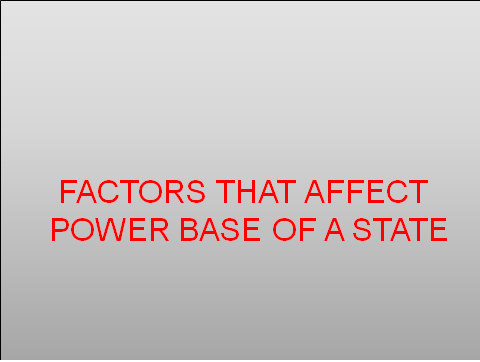Drug Abuse Among Youth
Drug abuse among youth refers to any consumption of illicit substances or excessive consumption of illegal substances by teens.
Drug abuse among youth is a serious problem, with more and more teens becoming dependent on drugs every year. As the drug trafficking and use problem continues to grow, the side effects of drugs have become an increasing problem for the younger generation.
In this light, this timely blog post outlines 9 sections with the sole intention of helping you have a better understanding of drug abuse among youth
Table of Content
Section 1: The Problem
Section 2: Fast Facts
Section 3: Common Myths
Section 4: Causes Of Drug Abuse Among Youth
Section 5: Why We Need To Take Action
Section 6: How We Can Take Action
Section 7: Common Drugs Abused By Young People
Section 8: The Long Term Effects Of Drug Abuse
Section 9: What Can Parents Do To Help Their Kids
Conclusion
Let’s Get Started
Section 1: The problem
Drugs are a serious problem among youth in America and are needful to take action.
Every year, millions of Americans abuse alcohol, tobacco, and illegal drugs.
Many of them begin using these substances while they are still in their teens.
Alcohol and tobacco are illegal drugs that are sold over-the-counter at almost every gas station, grocery store and convenience store.
In addition to the health risks associated with alcohol and tobacco use, there is also the risk of addiction.
In fact, most people who have a problem with alcohol or other drugs have started by the age of 15 or younger.
It’s important for you to know that you don’t have to use drugs just because your friends do, because your friends may not be aware of the risks associated with drug use.
For example each year thousands of young people die from accidental overdoses or from diseases (like HIV/AIDS) contracted as a result of drug abuse.
Drugs can cause severe health problems like heart disease and permanent damage to vital organs and body parts.
Drugs can cause psychological problems such as paranoia, depression, hallucinations, psychosis and suicidal thoughts.
Section 2: Fast Facts
Drug abuse among youth is a major concern for parents and educators across the United States.
Because drugs are linked to many health and social problems, it’s important to know what you can do to prevent drug use in your child or teen.
Here Are Some Facts About Drug Abuse Among Youth
Drug use is a serious problem in the United States, and it’s no different for youth.
According to the National Survey on Drug Use and Health, about 8 per cent of high scholars have used an illicit drug during the past month.
This number jumps to over 30 percent for 12th graders.
More than one in ten high scholars reported smoking marijuana within the past month, while nearly one in five smoked cigarettes.
Nearly 2 million American teens have used cocaine at least once.
A majority of drug-related emergency department visits involve illicit substances, especially marijuana and cocaine.
Emergency room visits related to marijuana jumped by 50 percent between 2006-09, while those involving cocaine increased by 25 percent during that time period.
Nearly three out of four teens say they have easy access to alcohol or drugs at their schools and two out of five teens say they do not think people risk harming themselves if they drink or use drugs occasionally.
Lets Now Look At Some Common Myths
Section 3: Common Myths
Myth: Only certain people become addicted to drugs.
Truth: Drug addiction is a disease, so it can happen to anyone.
However, the risk of drug abuse is greater in teens and young adults (ages 15-25) than other age groups because brain development continues well into adulthood and adolescence.
Teens and young adults are more likely to take risks, which might make them more susceptible to peer pressure and other influences.
Also, teens and young adults tend to have less mature decision-making skills than adults do.
This myth is especially dangerous because it can lead people who have a family history of drug abuse or addiction to think they are immune from the problem.
But just living in a family with a parent or other relative who has a drug problem doesn’t mean you will develop an addiction.
Having a family member who abuses drugs or alcohol doesn’t mean you’re doomed to get hooked on drugs yourself but it does increase your risk for developing an addiction.
Myth: If Someone Has Only Used One Drug Once, They’re Not Really Addicted Yet.
Truth: Addiction happens when the brain becomes dependent on substances like alcohol or drugs.
These substances affect how the brain works by boosting dopamine levels in the reward center of the brain, which makes us feel good.
Section 4: Causes Of Drug Abuse Among Youth
Drug abuse among youth is a growing problem in our society today.
Although drug abuse affects many including youths and adults, the consequences of drug abuse most often affect the young generation.
The youth is one of the most vulnerable groups to drug abuse because they are still in the process of making their life decisions and are not completely aware of all the consequences.
Treating drug addiction among youth, therefore, becomes a matter of utmost importance for parents, schools, communities and society at large.
That Being Said, the Following Are Some Causes Of Drug Abuse Among Youths
#1 Peer Pressure
Youths may sometimes be under pressure from their friends or from other people they hang out with to experiment with drugs.
They may feel they have to try a certain drug just to fit into their group or be considered cool. This peer pressure can result in the youth becoming an addict because he/she will develop a liking for drugs when it has been introduced in a fun environment.
#2 Psychological Problems
Some teens may start using drugs due to psychological problems such as family issues, mental health problems and depression.
This is especially true if they do not get help or have someone who really understands them and can offer guidance on how to deal with these issues. Drug abuse may provide them with a way to escape
#3 School Failure
When students fail at school, they often feel like failures overall and begin looking for an alternative way to succeed.
Many students believe that doing drugs will help them cope with failure and stress, so they turn towards drugs for a better solution than facing their problems head on.
Section 5: Why You Need To Take Action
Drug abuse among youth is a growing problem in the world.
This is why we need to put more focus on this issue and find solutions to help our youth avoid drug abuse.
Drug abuse among youth is a very serious problem that affects many areas, such as health and education.
We can help our youth avoid drug abuse by raising awareness about this issue through social media and incorporating it into our school curriculum.
Drug abuse among youth is a growing concern, but there are things you can do to help prevent it from happening to your loved ones.
If you have children make sure that you talk to them about the different drugs out there and tell them what they do to your body.
Make sure they know the risks of taking drugs and how they can get hurt or even die from taking them.
You should also watch what they are doing online because that is where most of these drugs come from these days.
If you catch your child buying drugs online then you should contact their school or a drug rehabilitation center near you so that your child can get help for their addiction before it gets worse.
Section 6: How We Can Take Action
You can take action against drug abuse among youth.
It is not the responsibility of individuals to solve the world’s problems, but it is everyone’s responsibility to make a difference.
To do so you must start with yourself and then spread your concern.
Drug abuse among youth should not be taken lightly, or disregarded as an issue that will resolve itself.
The problems of drug abuse are real and need to be dealt with as such.
The first step in dealing with drug abuse among youth is awareness.
This step is vital because only when we are aware of a problem can we act accordingly.
We must understand what the issue is and how it affects us on a personal level as well as a global level.
Awareness puts you in the position to make an informed decision about what course of action you will take to solve this issue.
Secondly, we must educate ourselves on the subject in order to make an informed decision about what course of action we will take to solve this issue.
Research tells us that young people most often get drugs from friends and family who they trust implicitly which means they don’t always know what they are taking or where it comes from.
Section 7: Common Drugs Abused By Young People
It is no news that drugs are abused by young people worldwide.
In fact, there are many reasons why it is so.
The reasons include peer pressure and also to escape from the realities of life.
Drug abuse among youth has several negative effects on the body.
Both short-term and long-term effects are devastating in nature.
Some of the common drugs abused by young people include the following:
#1 Alcohol
Alcohol is a depressant that slows down one’s thinking and reaction times.
It affects their judgment and coordination.
In addition, it causes drowsiness, disorientation, and confusion.
The immediate effects of alcohol abuse usually go away after several hours or days but there can be permanent damage done to the brain and other organs such as the liver, heart, stomach, pancreas and kidneys in some cases.
#2 Cocaine
Cocaine is a powerfully addictive stimulant drug made from the leaves of the coca plant native to South America.
Many young people abuse cocaine snorting it through their nose or injecting it with a needle into their veins.
Cocaine temporarily increases energy levels, alertness and feelings of euphoria.
It can cause severe health problems including heart attacks, strokes and seizures
#3 Marijuana
Also known as weed, grass, pot and reefer, marijuana is the most commonly abused drug in America today.
It is a mixture of dried leaves and flowers from the hemp plant that contain chemicals called cannabinoids.
These cannabinoids create euphoric feelings when smoked or eaten.
It can also be used to relieve pain and nausea and stimulate appetite.
Marijuana became illegal in 1937 because it was believed to cause insanity, hallucinations and violence.
#4 Inhalants
Inhalants are any chemical sprays or gases that can be inhaled for their psychoactive properties.
They include everything from household products like glue or paint thinner to aerosol sprays or gases like nitrous oxide (also known as laughing gas).
Some inhalants make people feel relaxed but drowsy; others cause a person to become dizzy and unable to focus on objects around them; still others make people
Section 8: The Long Term Effects Of Drug Abuse
Drug abuse is a problem among youth.
Drug abuse is the use of illicit drugs, the non-medical use of prescription drugs, and the chronic abuse of alcohol.
Youth are abusing drugs at an alarming rate.
The Long Term Effects Of Drug Abuse Can Be Devastating And Include
#1 Increased risk of HIV/AIDS and other infectious diseases
#2 Disruption of development processes that continue into young adulthood
#3 Increased risk for suicide attempts, suicidal thoughts and suicide
#4 Increased likelihood of engaging in criminal activity
#5 Diminished academic achievements and educational attainment
#6 Decreased productivity in adulthood
Section 9: What Can Parents Do To Help Their Kids
Drug abuse is a problem that affects every community in the world.
It is also a problem that can affect anyone, no matter what their age.
As a parent, you are aware of the dangers of drug abuse and you want to do everything in your power to keep your kids away from drugs.
Here Are Some Tips On How To Help Your Children Make Good Decisions About Drug Use
1. Parents should have an open line of communication with their children and ask them questions regarding their friends and activities outside of the home.
2. Do they have friends who use drugs? Do they participate in after school activities where there is a chance they may be introduced to drugs?
If they do have friends who use drugs, ask them why they do so.
3. If they participate in after school activities that involve hanging out with older kids, talk to them about the dangers this holds.
4. Parents should never assume that their children have not used drugs just because they say that they haven’t.
Parents need to be aware of the early signs of drug abuse such as changes in behaviour, mood swings, and change in eating habits and sleeping patterns, change in peer groups and grades falling.
5. If you suspect that your child has been abusing drugs or alcohol it is important to look for signs such as mood swings, eye redness or blood
Last Remarks
Drug abuse among youth is a concern of great importance. This blog post serves to help educators design programs that will give young people information about why it is dangerous for them to use these substances.
In conclusion, drug abuse among youth is a growing problem. Still, the government and leading legislators are finding ways to reduce the use of drugs among the general population.
Also, treatment currently exists that can help those who are struggling with drug addiction to recover and regain control of their life.
Hope you got value from this blog post, and as appreciation, kindly drop a word of appreciation in the comment section below.
Further reading: Drug use Among Youth: Facts & Statistics
Our other services
Essay Writing
Thesis Writing
Data Analysis
Data interpretation
Data analysis training (SPSS)



